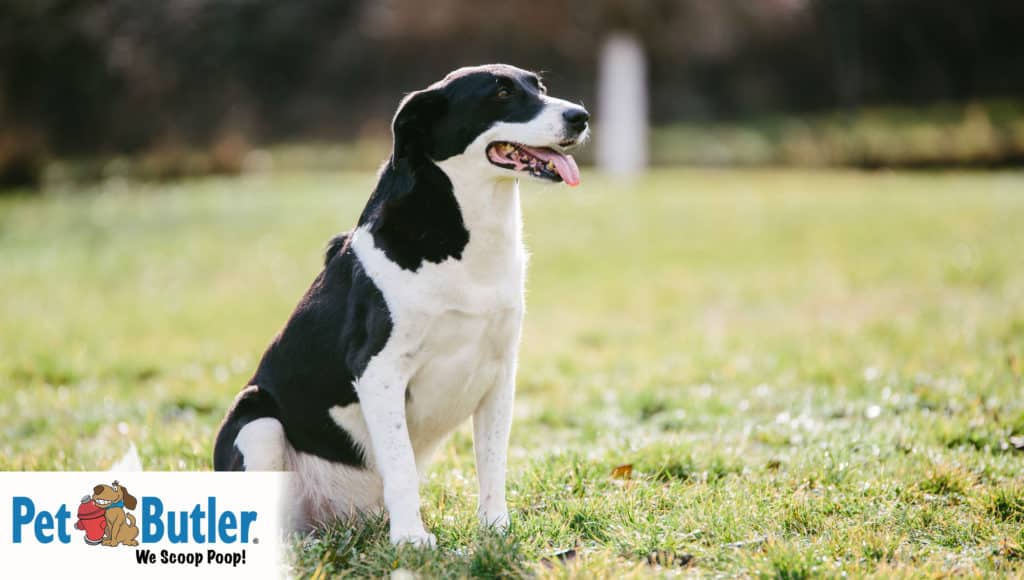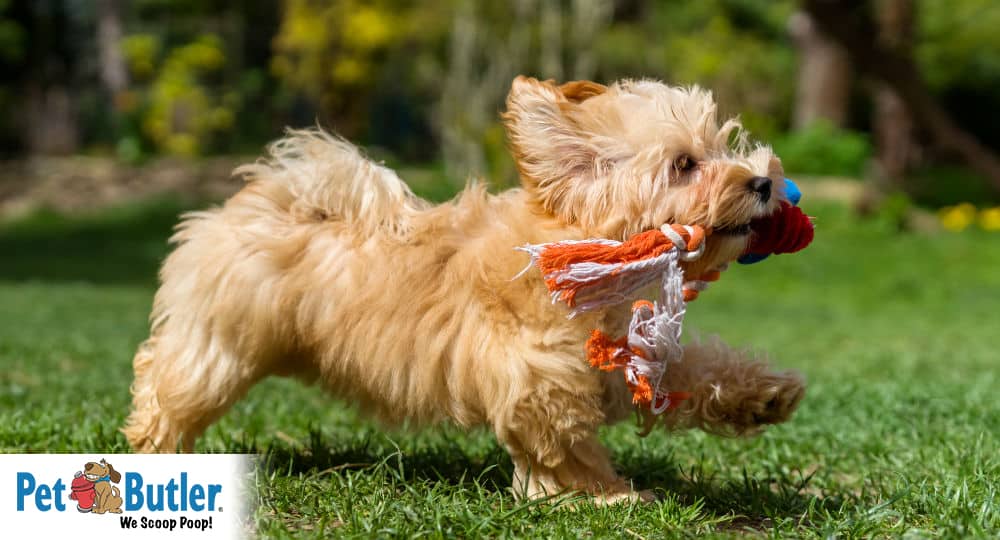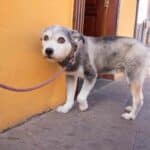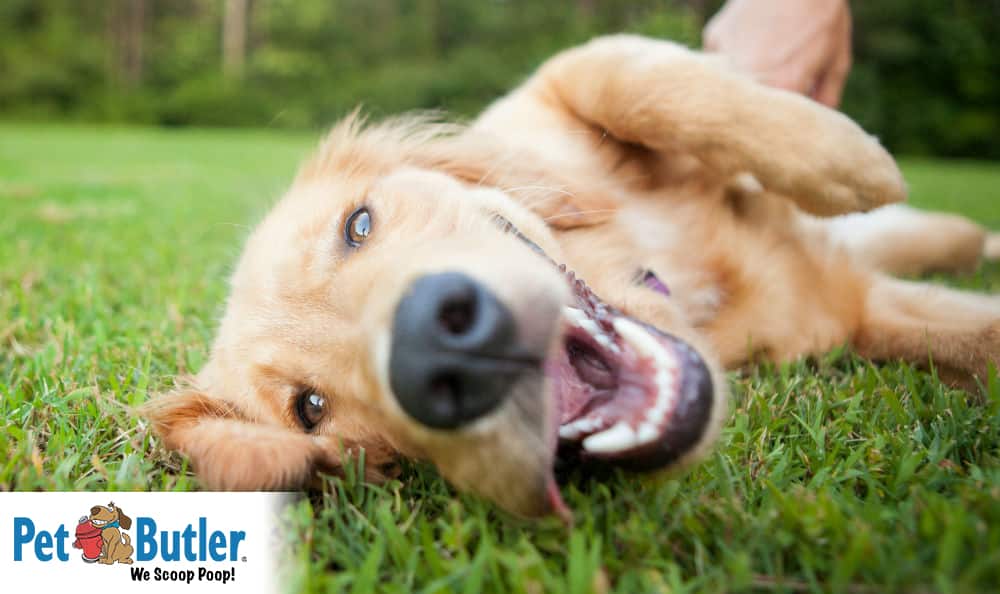In my lifetime, I have owned 5 dogs. Who am I kidding? They have really owned me! But one of our current pets, Luna, is the first dog who has officially had a dog job. While I wish it was one that generated income, her “position” as an Edward Hospital Therapy Dog is one that I am proud of and I know we both adore. She gets a blissful look on her face as she gently places her muzzle on a patient’s bed, eager for a stroke on the head or behind the ear. I can hear the visitors in the room exclaim that her social call was the best part of their loved one’s day, a break in the monotony of the hospital stay and a respite from pain and anxiety. As her “person”, it is equally rewarding to know that Luna is doing what she was born to do: act as an ambassador for pets everywhere, spread joy, and bask in the loving attention she craves and receives.
While not every dog has the temperament, patience, gentleness, and intelligence to be a therapy dog, every dog needs a job. More dogs are surrendered to shelters due to behavioral difficulties than for any other reason; many times, these behavioral issues are preventable with the correct training, owner expectations, and giving the dog a purpose beyond eating and sleeping. Hundreds of years ago, dogs were bred to fulfill certain duties. They are genetically coded to perform these tasks. If not “working”, dogs can become depressed, destructive, and anxious. Let’s talk about what some types of dogs were originally bred for and what jobs they are suited for in 2018.
Dog Breeds Original Jobs
German Shepherds: This dog breed is known for their intelligence, courage, confidence, the ability to learn commands for many tasks, and the willingness to put their life on the line in defense of loved ones. They are agile, muscular, and speedy! Originally bred to herd sheep, they are known as “one-man” dogs due to their fidelity and loyalty. Because they can assimilate and retain training for multiple purposes, they are often used as service dogs, police dogs, sentinels, and in obedience work.
Terriers: The terrier group dog breeds ranges from the tall, Airedale Terrier, fitted with a wiry coat and a long head to the more compact West Highland White terrier and Parsons terrier. The group is known to be friendly, hardy, possess a keen intelligence, alertness, and a stubborn streak; they don’t back down when protecting their home and can be clever, relentless, problem solvers. Depending on their size, they were used to hunt fox, rodents, and other creatures both above and below ground.
Larger Terrier dog breeds have been used in duck hunting and big-game hunting, herding, guarding, and fighting (the American Staffordshire terrier, or the pitbull terrier). They have a strong prey drive, and it is best to work with those natural tendencies to roam and hunt when giving them work to do. Underemployed terriers are exceptional at digging out of their yards, barking, becoming anxious and aggressive and generally causing mayhem until the attention and activity they seek is received.
Coonhounds: These speedy and compact hunters have a baying bark and were developed in America to find the trail of warm-blooded prey. Unlike sighthounds such as whippets and greyhounds, they use their noses to track a scent that may be days old. They hunt racoons at night, and have a high level of endurance and courage, chasing their prey until out of reach in a high tree. Today, scent hounds are used as drug detection dogs, in search and rescue operations, and in tracking and hunting for pleasure. Without anything to do, a hound will use its voice to serenade the neighborhood for hours and can tear apart a sofa looking for a singular potato chip.
Border Collies: Another of the herding dog breeds developed in Wales and the rocky Scottish Highlands, these extremely intelligent, obedient, nimble, workaholics are high energy and need a purpose. Beware the bored border collie! Best suited to active families or someone invested in training and enjoying sport, they are athletic dogs who thrive when playing frisbee, doing agility work, herding, and running. Without work, they become anxious, restless, and destructive, chewing holes in walls, scraping, digging, and herding people, not animals.
Golden Retrievers: First bred in Scotland to retrieve fowl, Golden dog breeds have an instinctive love of water and are easy to train because of their intelligent, gentle nature. They are active and fun-loving with the patience befitting a dog bred to sit quietly for hours in a hunting blind. They come in a variety of golden shades, from nearly white to a rust gold, and make poor guard dogs because they are affectionate with kids and adults alike! They can be found trailing their human companions looking for affectionate wherever they go.
Because of their exceptional temperament, adaptability, and trainability, they are often used as service dogs, acting as the eyes or ears for their charges, and are equally suited for animal assisted therapy work. They can be seen in the halls of VA hospitals and in schools, where they participate in reading and other educational programs. They are great dock divers and excel competing in the obedience trials. Without work, expect a Golden to dig, bark and create a job by retrieving socks, stuffed animals, and unsuspecting backyard critters.
I’m hoping you can sort out your dog’s genetically coded tendencies and work with, not against them, to have a happy, employed pup who is an asset to your family and maybe even community!
Source: http://www.akc.org




